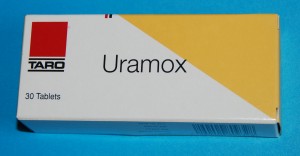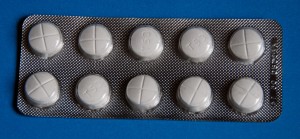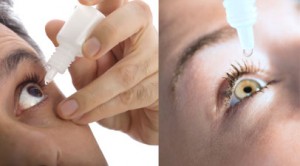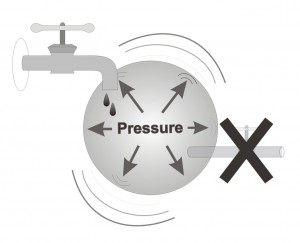How the Medication Works:
These tablets lower intra-ocular pressure by reducing the amount of fluid (aqueous humor) produced, and hence secreted, into the eye. Since less fluid is produced, the pressure in the eye is reduced.
Directions for Taking the Medication:
A full dose of these medications is as follows:
Diamox pills: One pill, four times a day.
Neptazane pills: One pill, three times a day.
Diamox capsules: One capsule, twice a day.
Advantages of this Medication:
For those eyes that do not have a sufficient response to multiple eye-drops taken simultaneously, and in which there is no option (or a relatively high risk) for surgery, one can try to further reduce intra-ocular pressure by taking these pills.
Family of Medication:
Carbonic andhydrase inhibitors.
Side-effects:
Common side-effects are paresthesias (‘pins and needles’ or numbness) on the soles of one’s feet and the palms of one’s hands, as well as nausea and fatigue (a decline in energy). Serious but rarer side-effects include depression, kidney stones, low levels of potassium in the body and an effect on the production of red blood cells.
Additional Information:
In pill form (such as Diamox or Neptazane), carbonic anhydrase inhibitors are a relatively strong type of medication that influence all parts of the body. These pills served, in the past, as diuretics (by increasing urine output) for the treatment of high blood pressure (removing fluids from the body) and can cause changes in the chemical (electrolyte = salt) equilibrium of the blood. Therefore in addition to your ophthalmologist being aware it is important that you update your general practitioner that you are being treated with these pills.
Many patients experience weakness and loss of energy from this therapy, which sometimes leads to the discontinuation of this specific type of medication. One reassurance worth mentioning is that often such symptoms are worse in the first week and the first month, and gradually lessen with time. Hence, if these tablets are a substitution to surgery, it might be worth suffering the side-effects initially, with the hope that they will gradually disappear, or at least lessen in intensity with time.







